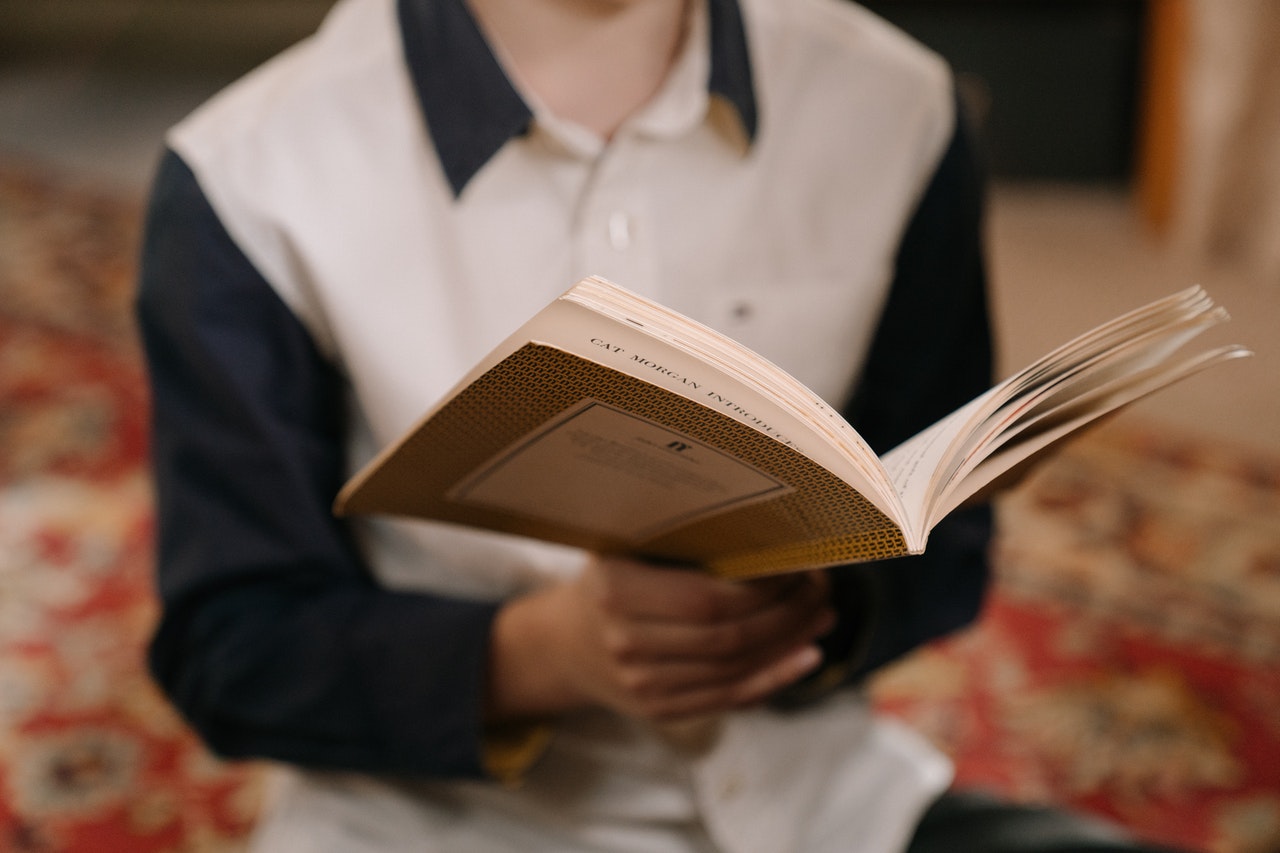College and career-ready standards require students to “read closely.” Admittedly, we sometimes gloss over those words as we read the standards. To read closely is just to read, right? The answer, as we know, is a hard no.
So what exactly is close reading? And how does it relate to shared reading? And why does it matter?
Shared Reading
Shared reading is an instructional strategy based on a scaffolded model of learning. In shared reading, a teacher demonstrates how reading works – the skills, strategies, and behavior of good readers. Often, during shared reading, a group of learners observes an expert (usually the teacher) reading a piece of text with fluency and expression, and is invited to read along. Through teacher modeling, students join to read the text collaboratively. In this model, students can read the text multiple times to build confidence, fluency, and word familiarity, although it is not required. During these readings, teachers may also demonstrate their thinking and guide and support that discussion with students.
To begin a shared reading, a kindergarten teacher chooses a familiar text with a predictable rhythm and rhyme language pattern. A large or “big book” version of the text is best. As the teacher reads, the pace and inflection should be intentional and dramatic. The teacher points to the text and looks to the children to match their voices with hers, particularly during parts of the text that are predictable and familiar. The teacher may pause occasionally to ask questions, point to important print concepts, or encourage students to read along. Once they finish reading, a teacher may guide the students through a retelling or discuss the importance of reading with expression and fluency.
Close Reading
Close reading is the process by which students read a short excerpt of the text multiple times to extract multiple levels of meaning. Typically, a teacher will focus on a paragraph or two and dive deeper into the language the author is using. This is heavily driven by a standard where a close look, one sentence at a time, benefits the reader with a new understanding that they didn’t have prior to this read, even though they had already read the text as a whole.
For example, in a fourth-grade classroom after the reading of a mystery story, the teacher may ask the students at what point they knew who the culprit was. Most students are aware only a sentence or two prior to the reveal. However, when looking at drawing on specific details in the text to understand a character’s actions, the teacher reminds the students that the author often puts clues into the text long before the reader realizes it. The author may use words that contain multiple meanings, give irrelevant information to throw the reader off track, and literally hide the culprit in the text details. The teacher can then do a close read with the students of a section of text from the beginning of the book to reveal who the culprit was based on specific details the author provided about the character’s actions long before the mystery was solved. As the students reread, stopping after every sentence, they are now equipped with the tools they need to see what was hidden in the text details. Close reading should spark an Aha! moment with readers and allow for them to have a deeper understanding of how authors play with language.
To bring student attention to the most important aspects of the text, teachers may prompt students to ask themselves questions about the context, the craft and structure, and the integration of knowledge and ideas in the text. Boyles suggests the following questions to begin:
- What is the author telling me here?
- Are there any hard or important words?
- What does the author want me to understand?
- How does the author play with language to add to meaning?
Once students have an understanding of the basic concepts in the short excerpt of the text, they can move on to subsequent readings to examine deeper questions. In “Closing in on Close Reading”, Nancy Boyles provides a figure that includes these questions, which would be a great tool to use with your own students.
What’s the Difference?
Based on the analysis above, the two concepts are related but different. Shared reading is a tool for when fluency and expression are the targeted instruction. Close reading is for a rigorous portion of text that on the first read may seem basic, but on a slower line-by-line reread opens up a deeper understanding of the text to reach the targeted instruction.
Source:liter
Reading Essentials: The Specifics You Need to Teach Reading Well,” by Regie Routman


